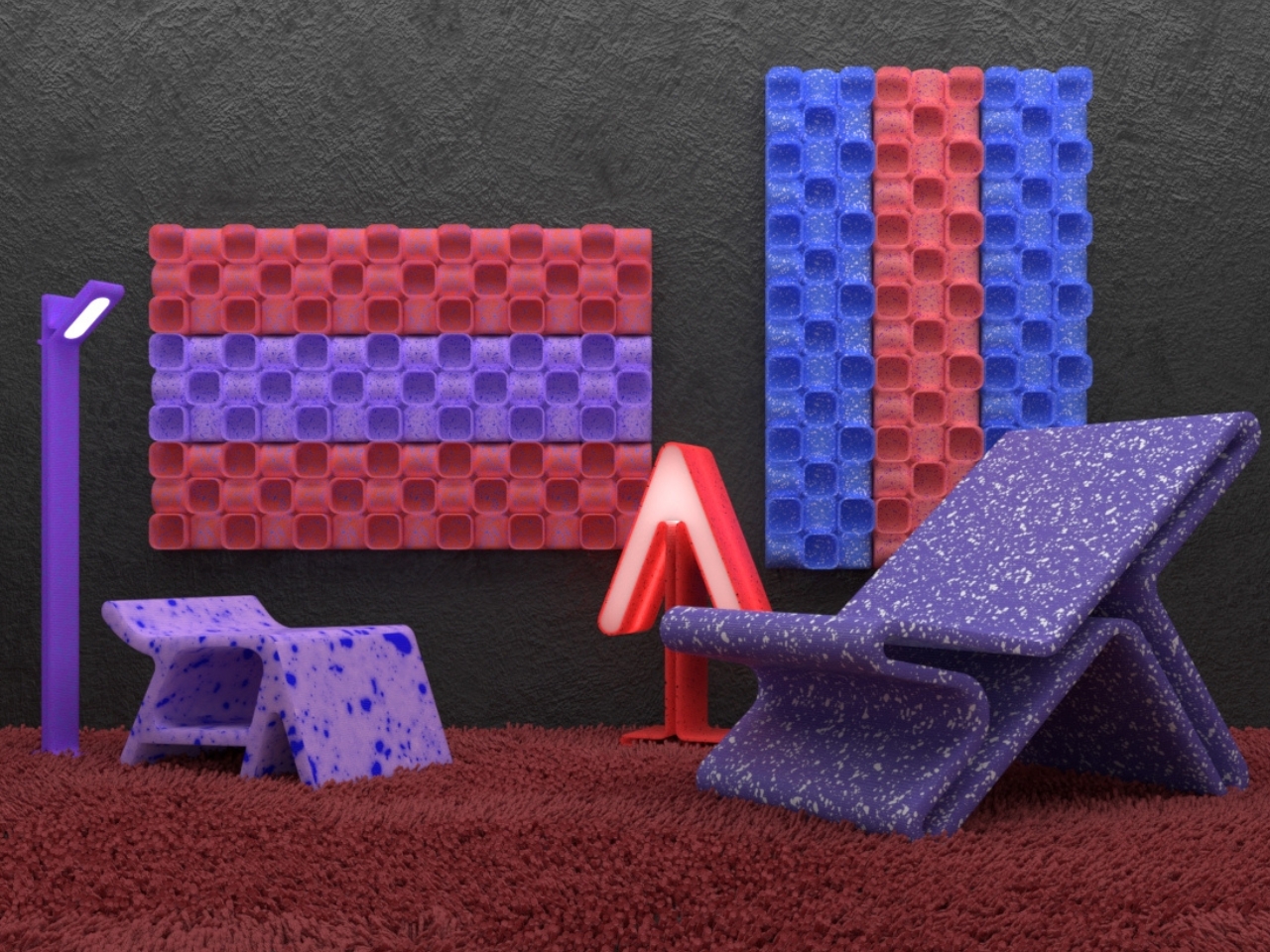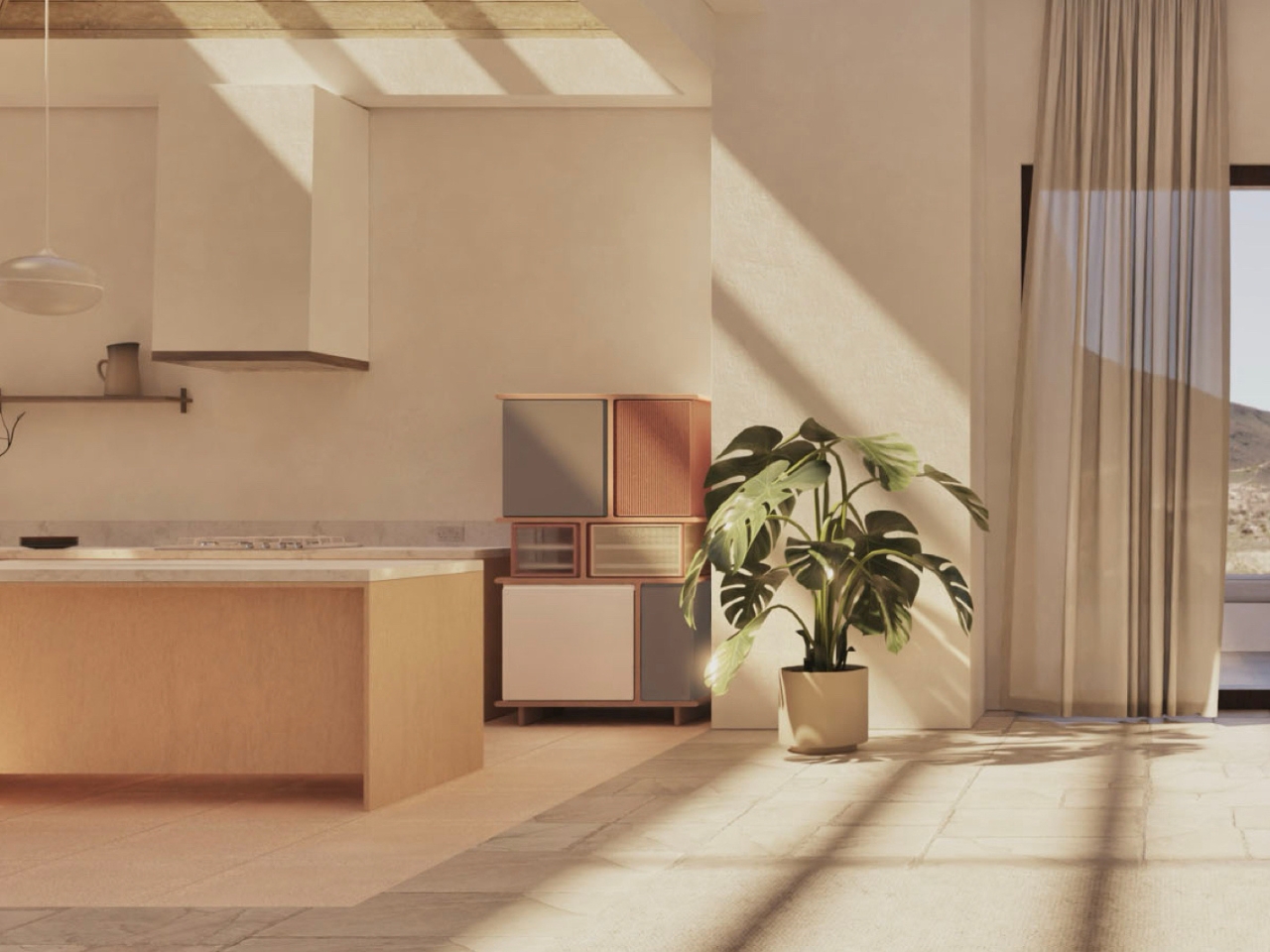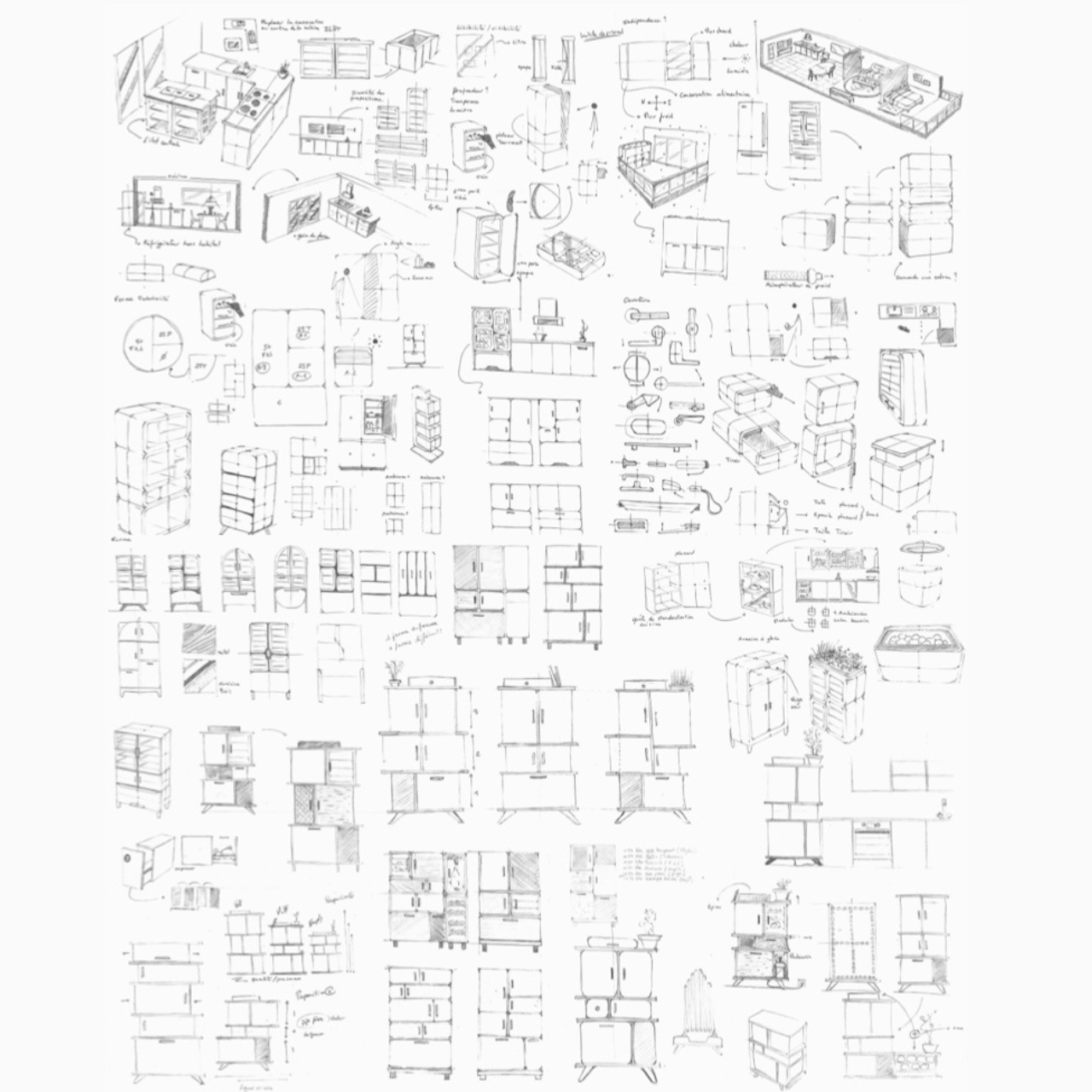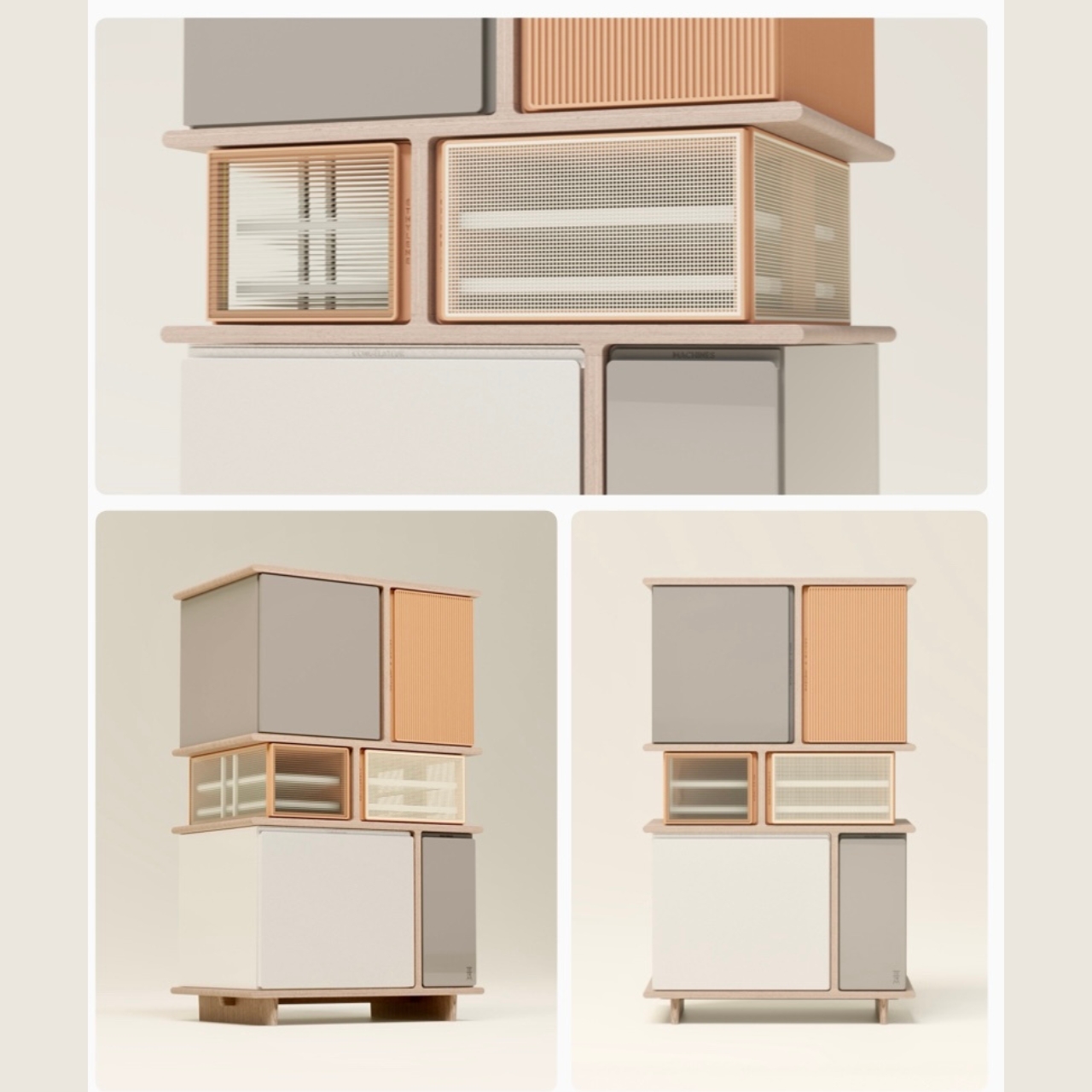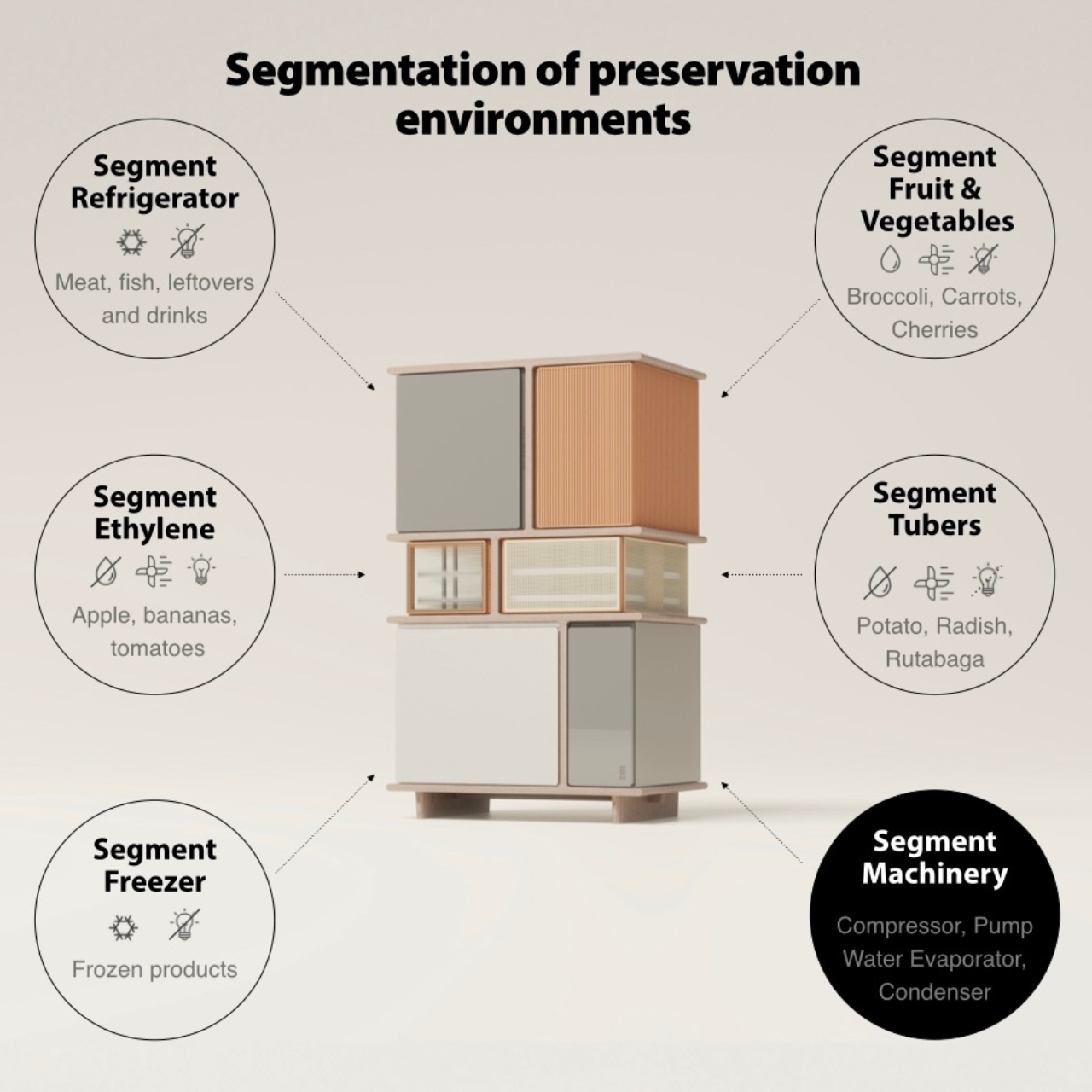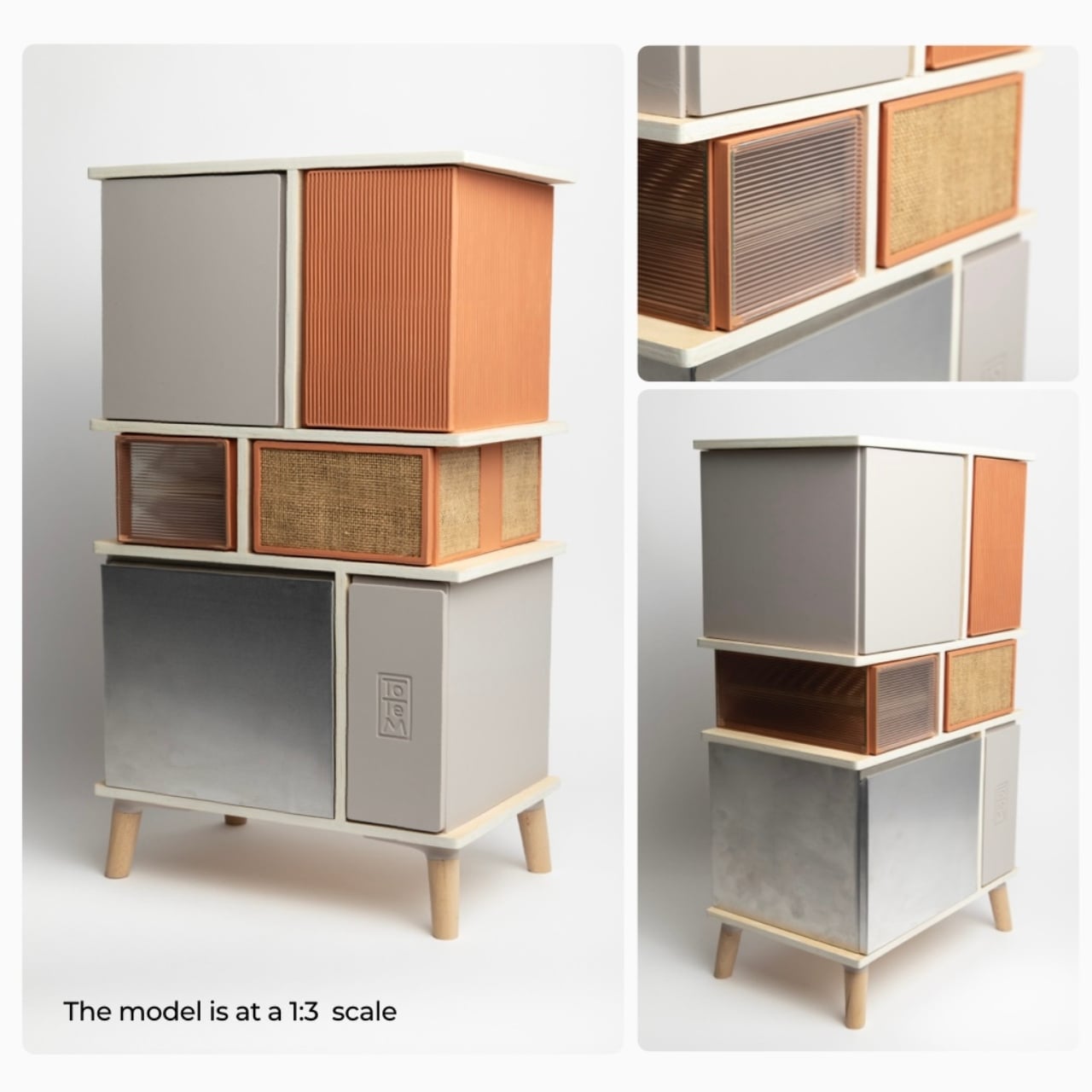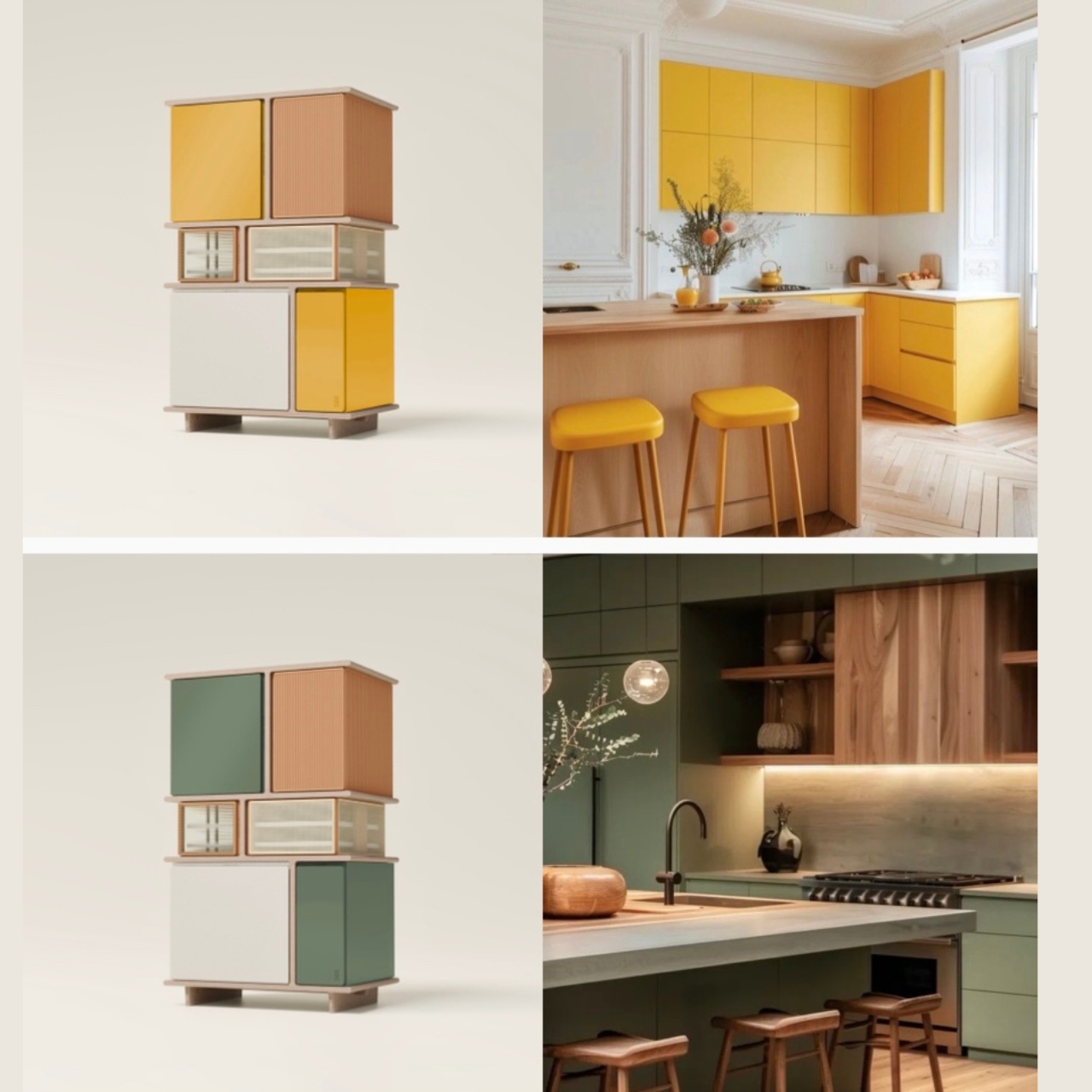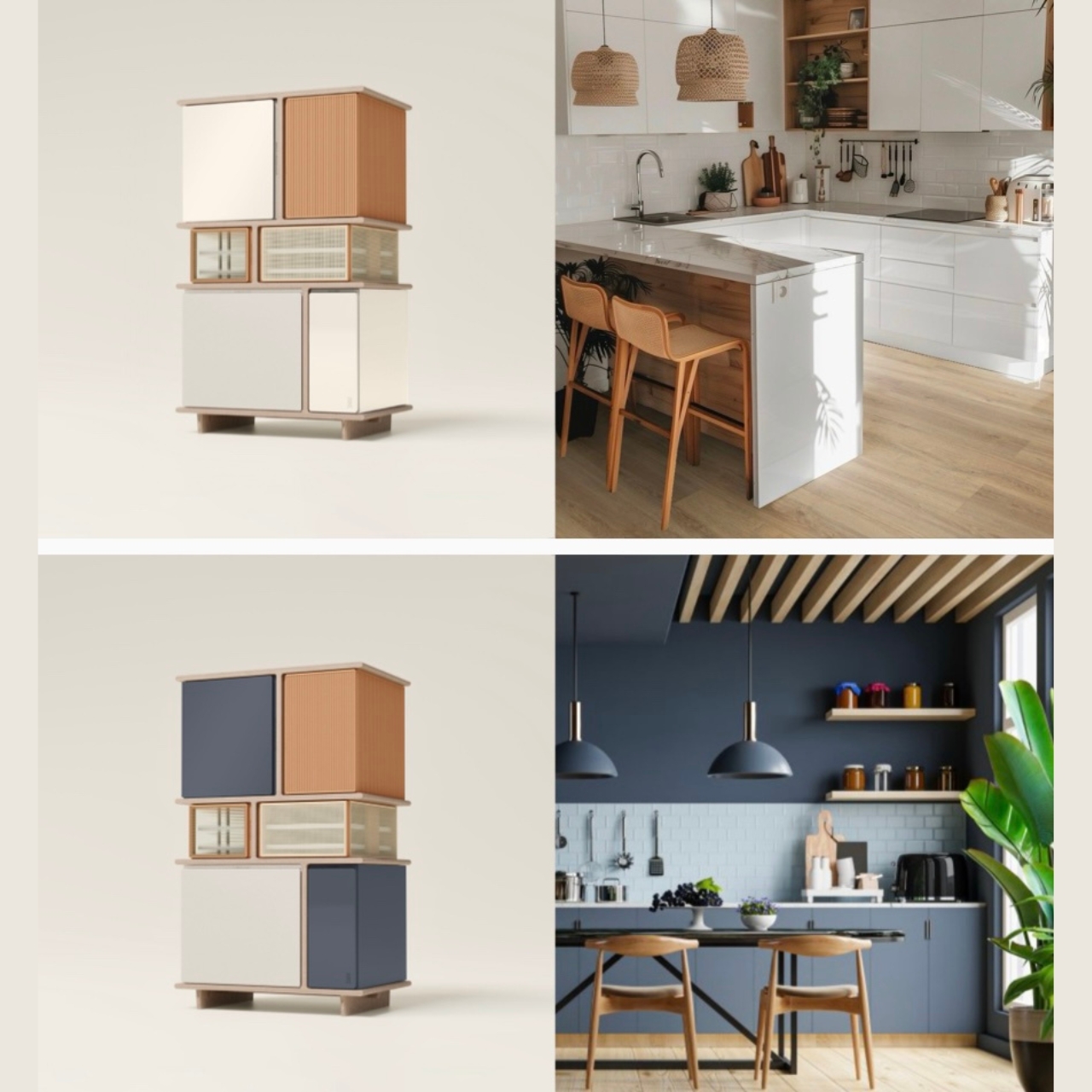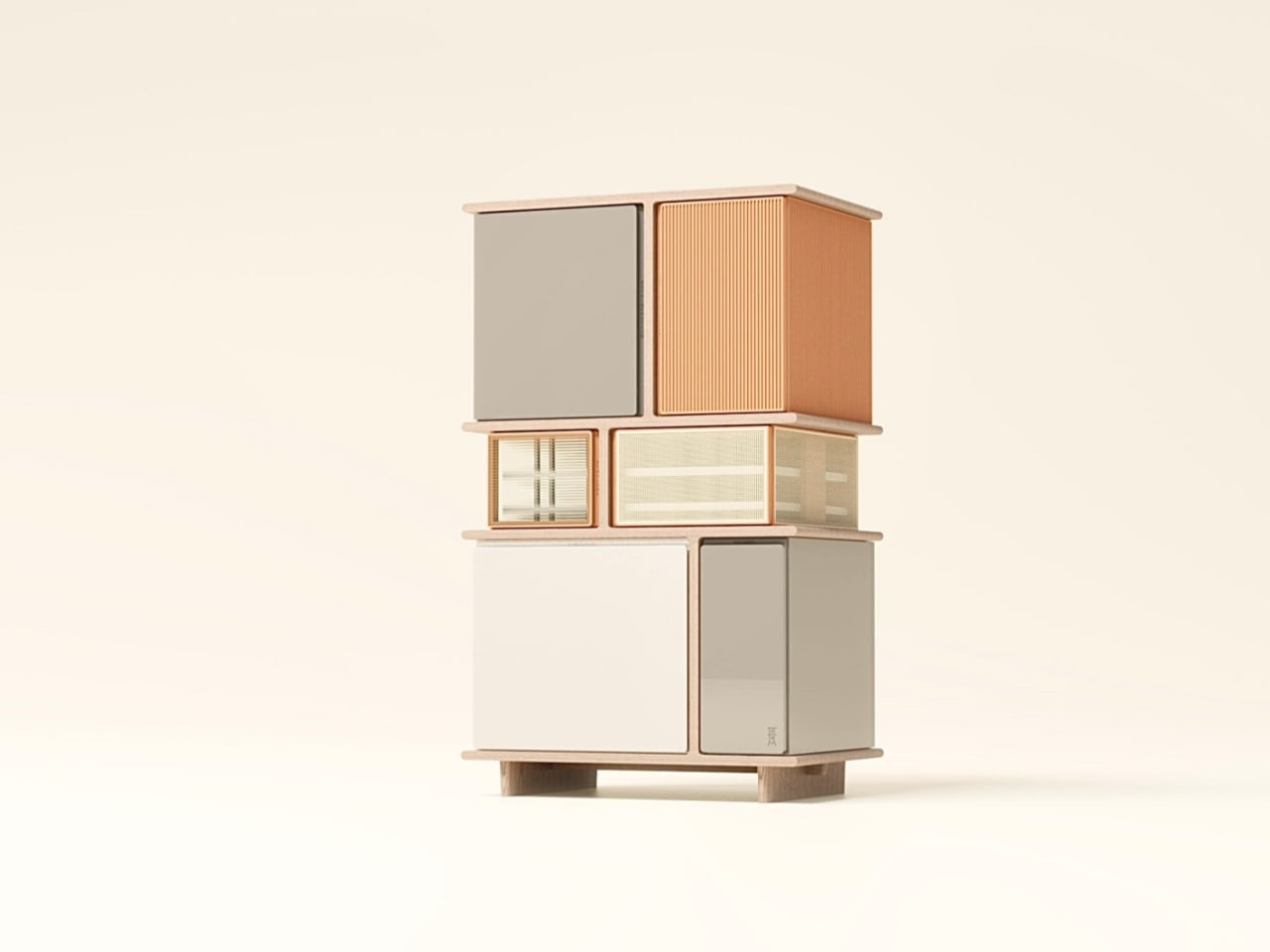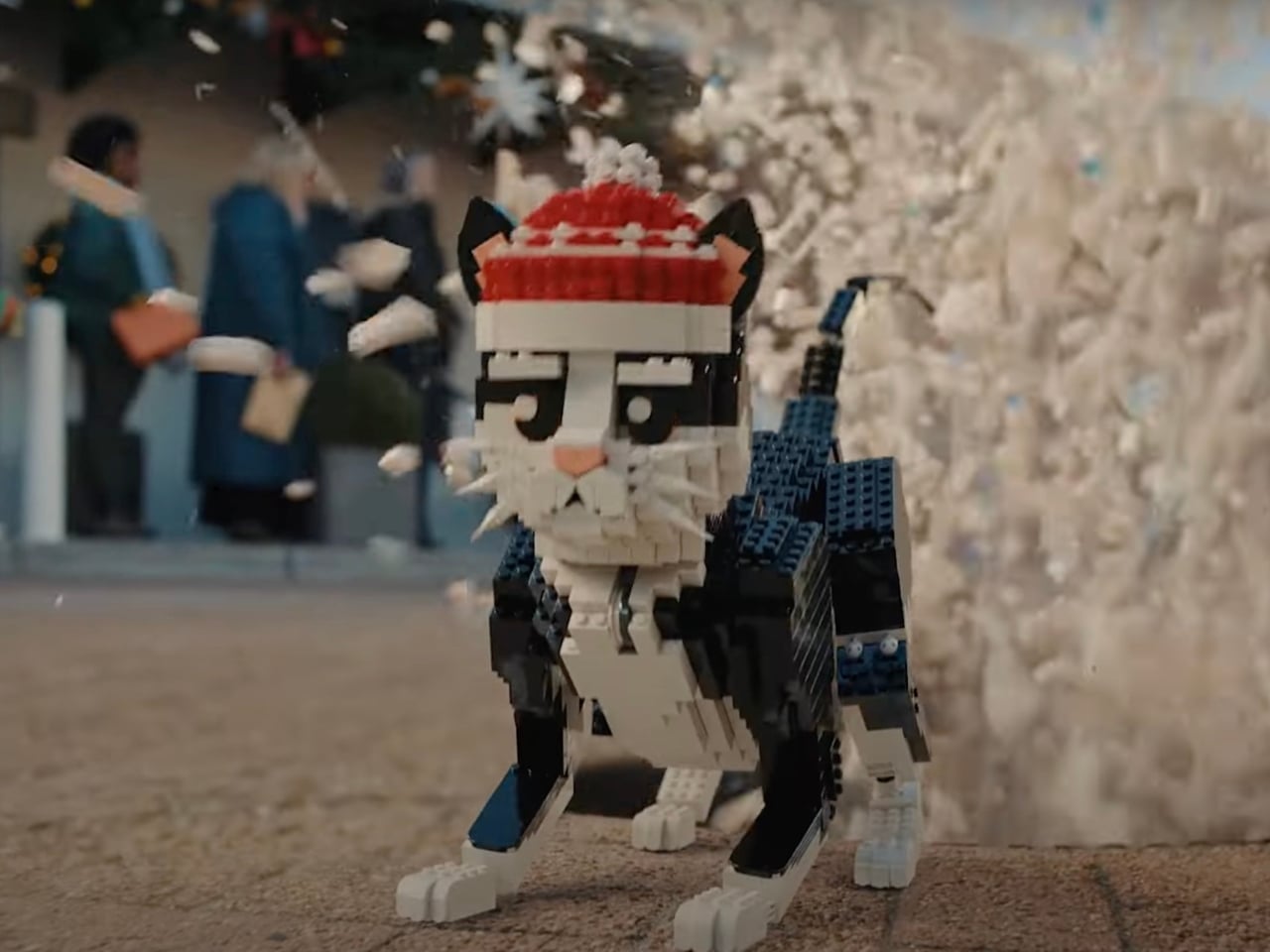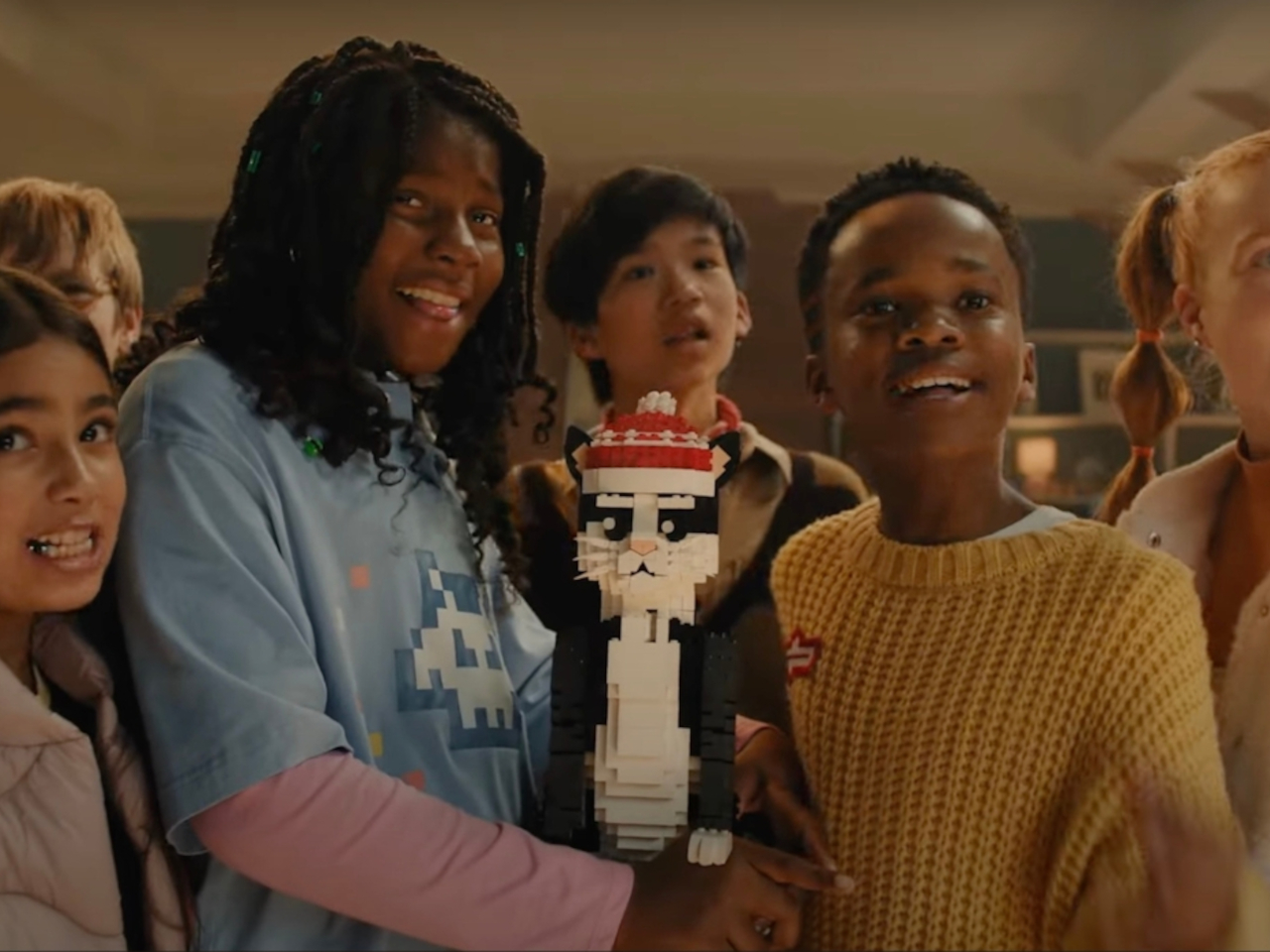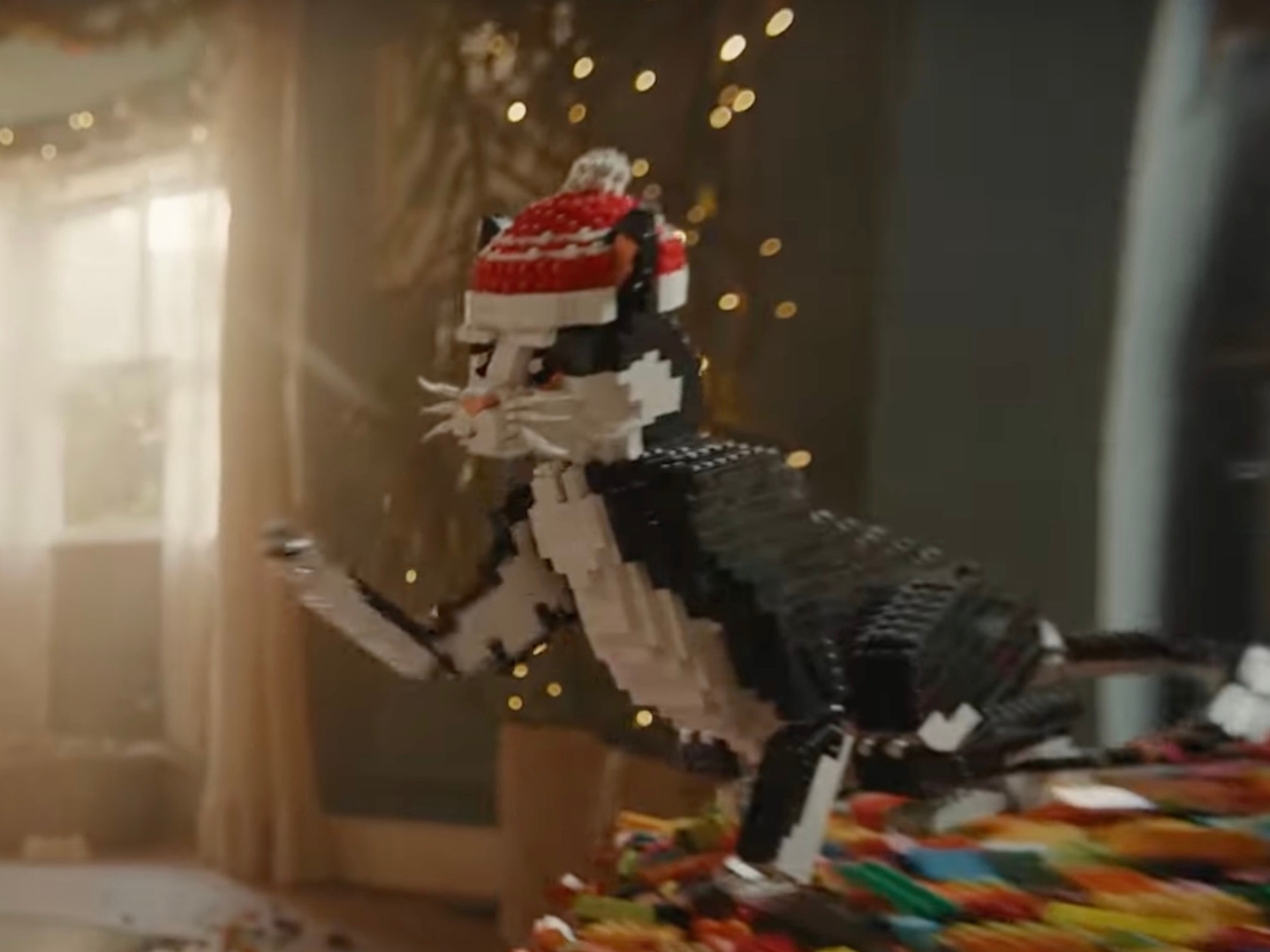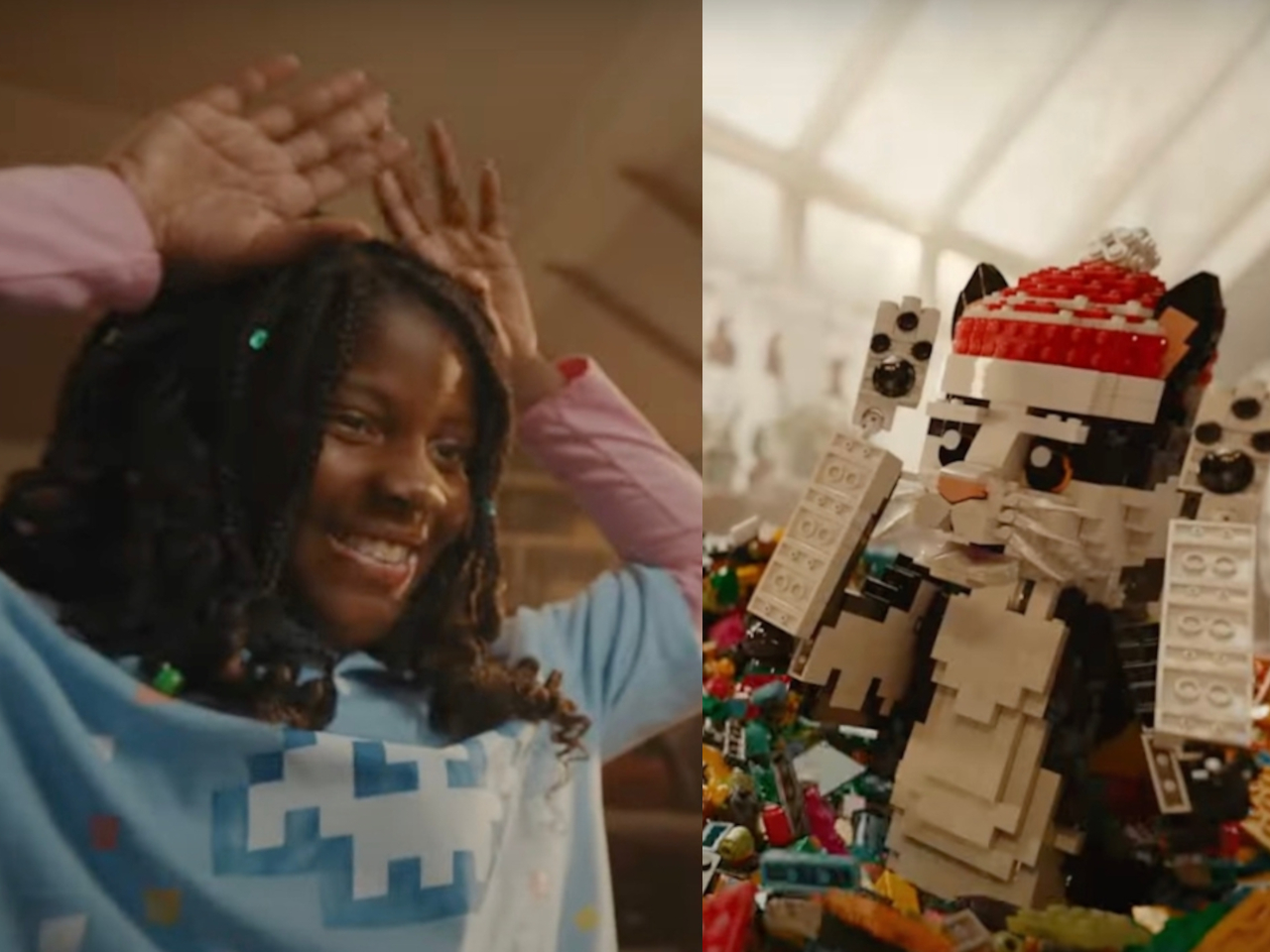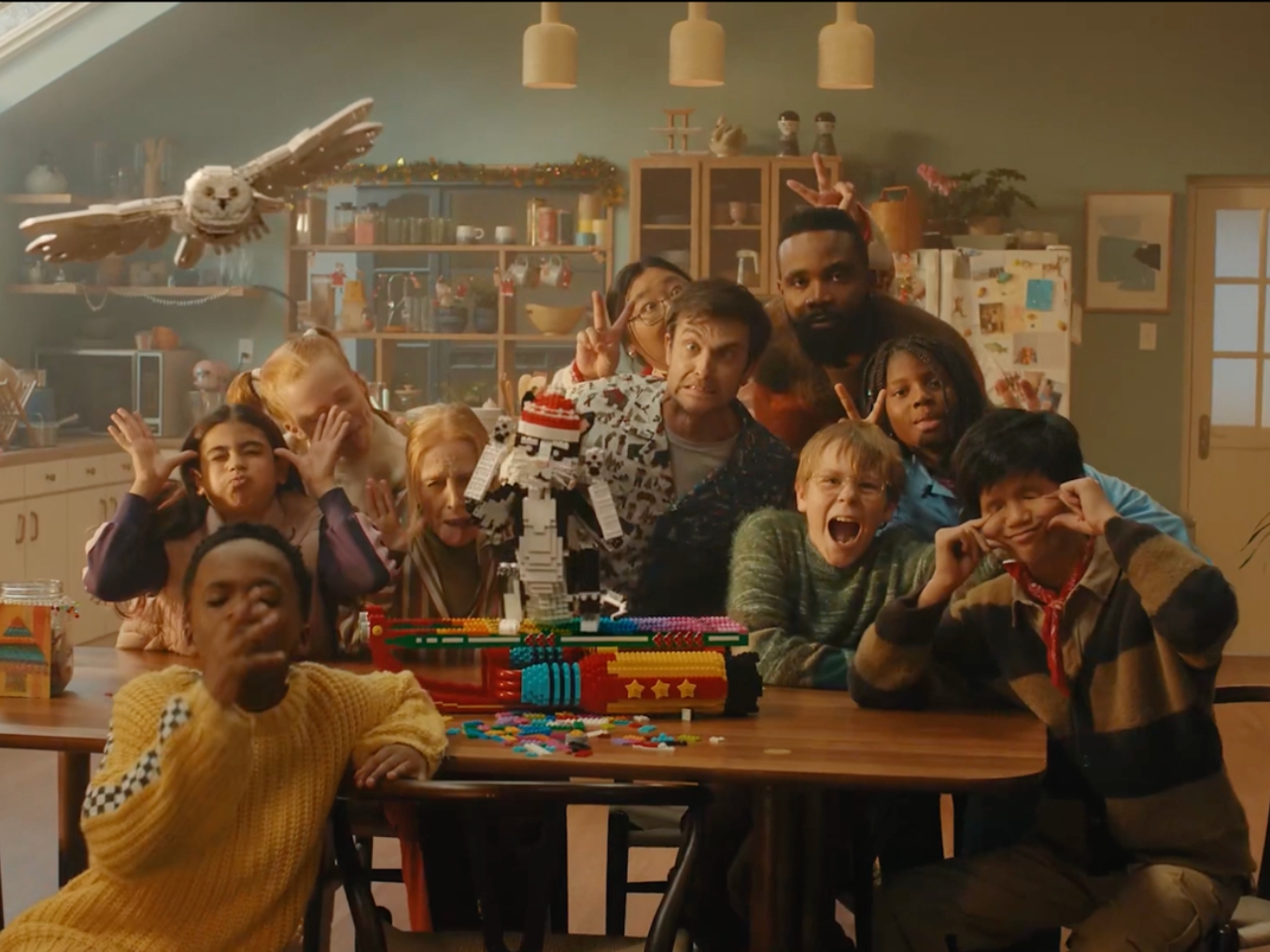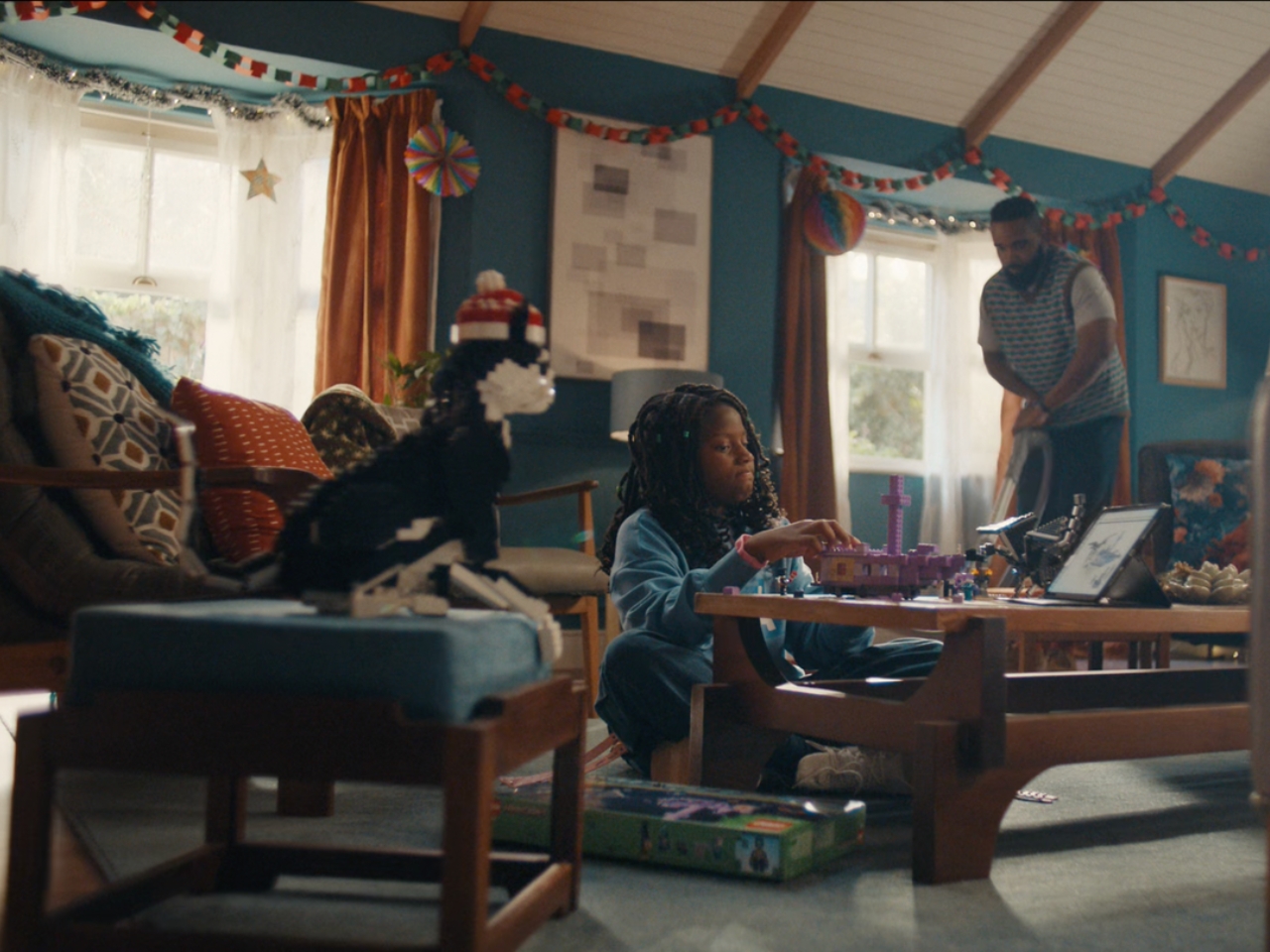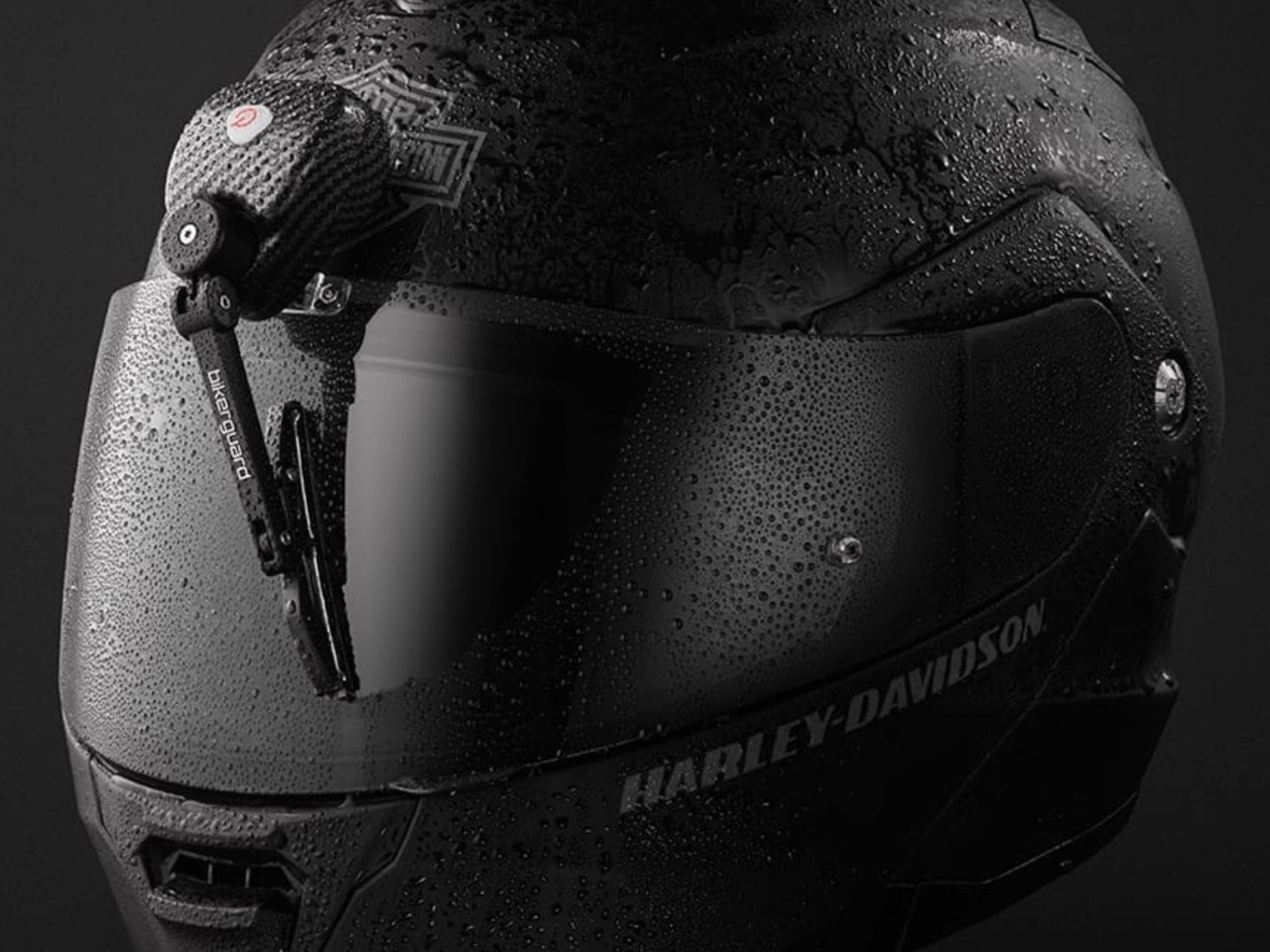
I live in a city that has a steadily growing motorcycle population. We also get a lot of rainy seasons and storms visit our country on a regular basis. The combination of rain and driving a motorcycle is a pretty dangerous one. While there are water repellent sprays available but it won’t work when you’re driving at slower and regular speeds.
Designer: Boscard group
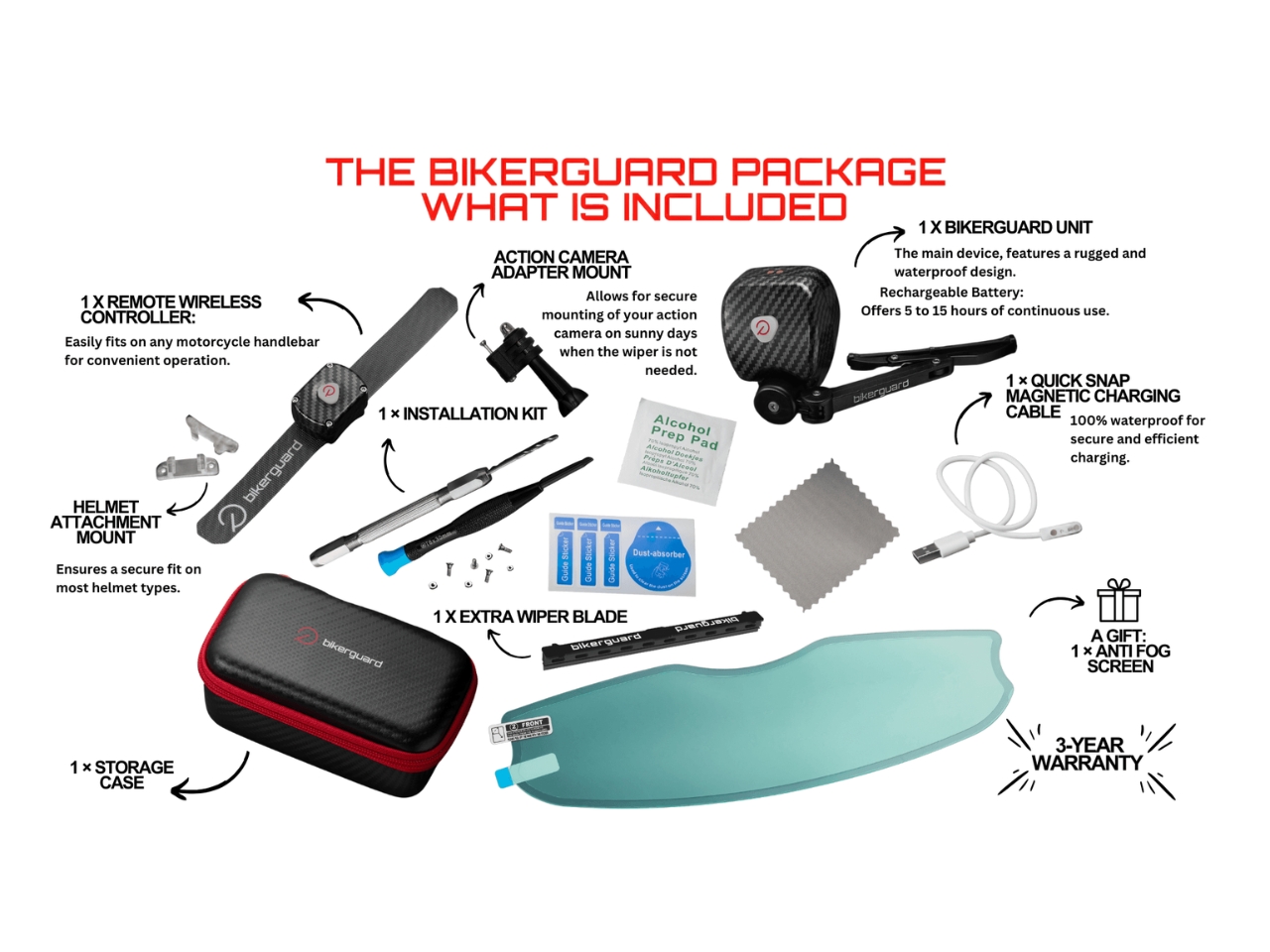
Bikerguard was invented by two Slovenian engineers and is something you can attack to motorcycle helmet visors to make sure you still have visibility even if it’s raining hard. It’s basically a detachable and remote-controlled wiper blade that will wipe off the rain water that can obstruct the view of the riders. It has a brushless motor that will reduce the need for manual wiping of your visor.
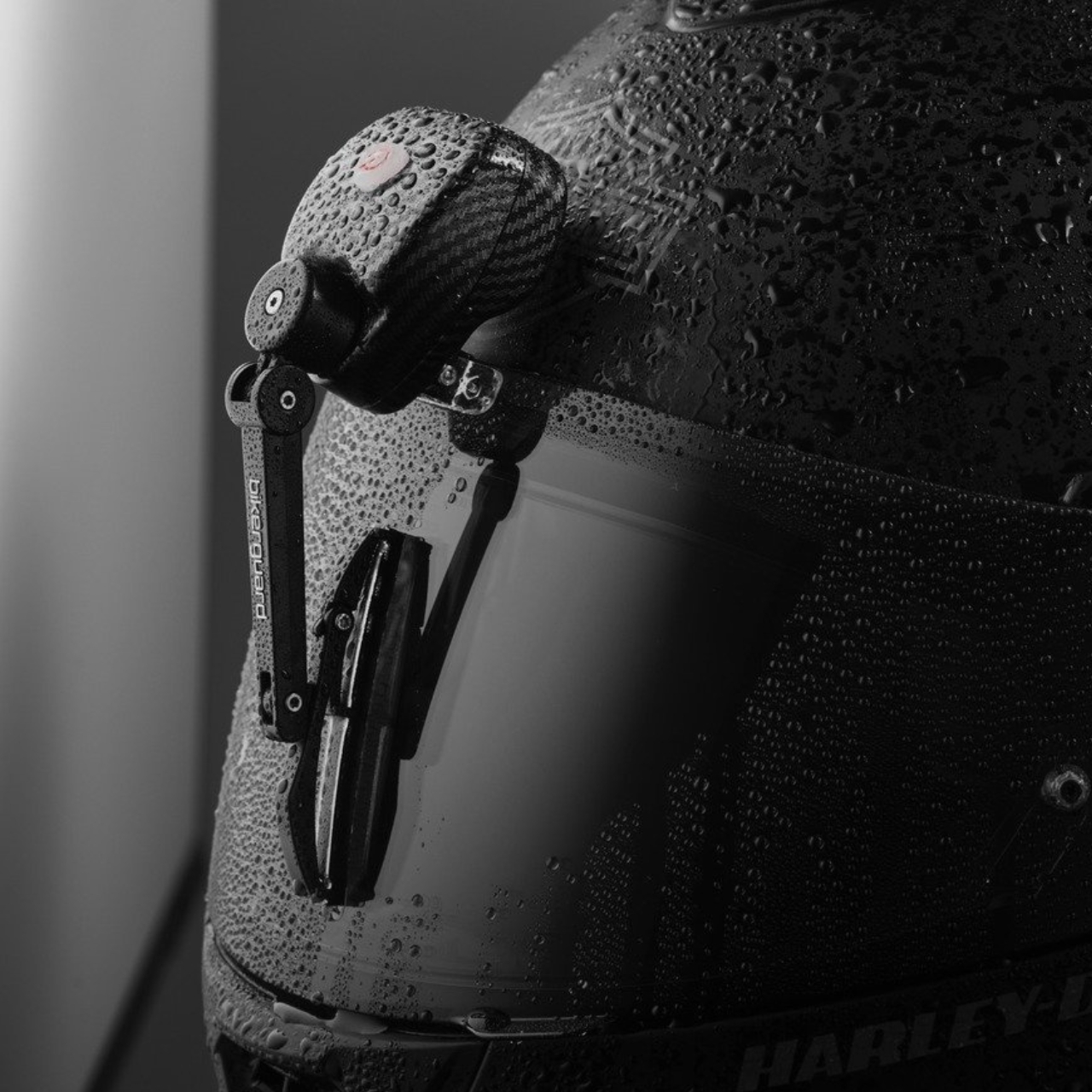
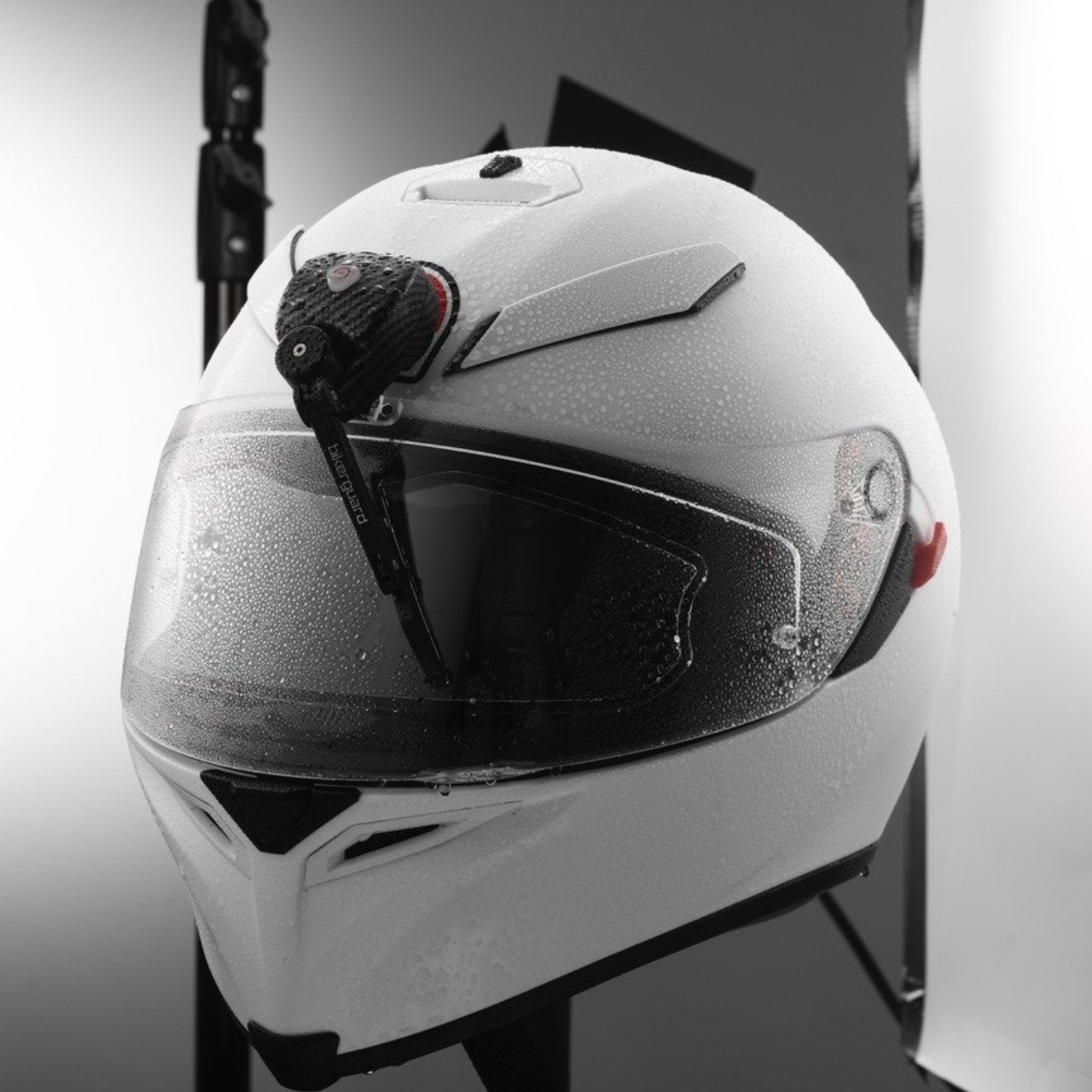
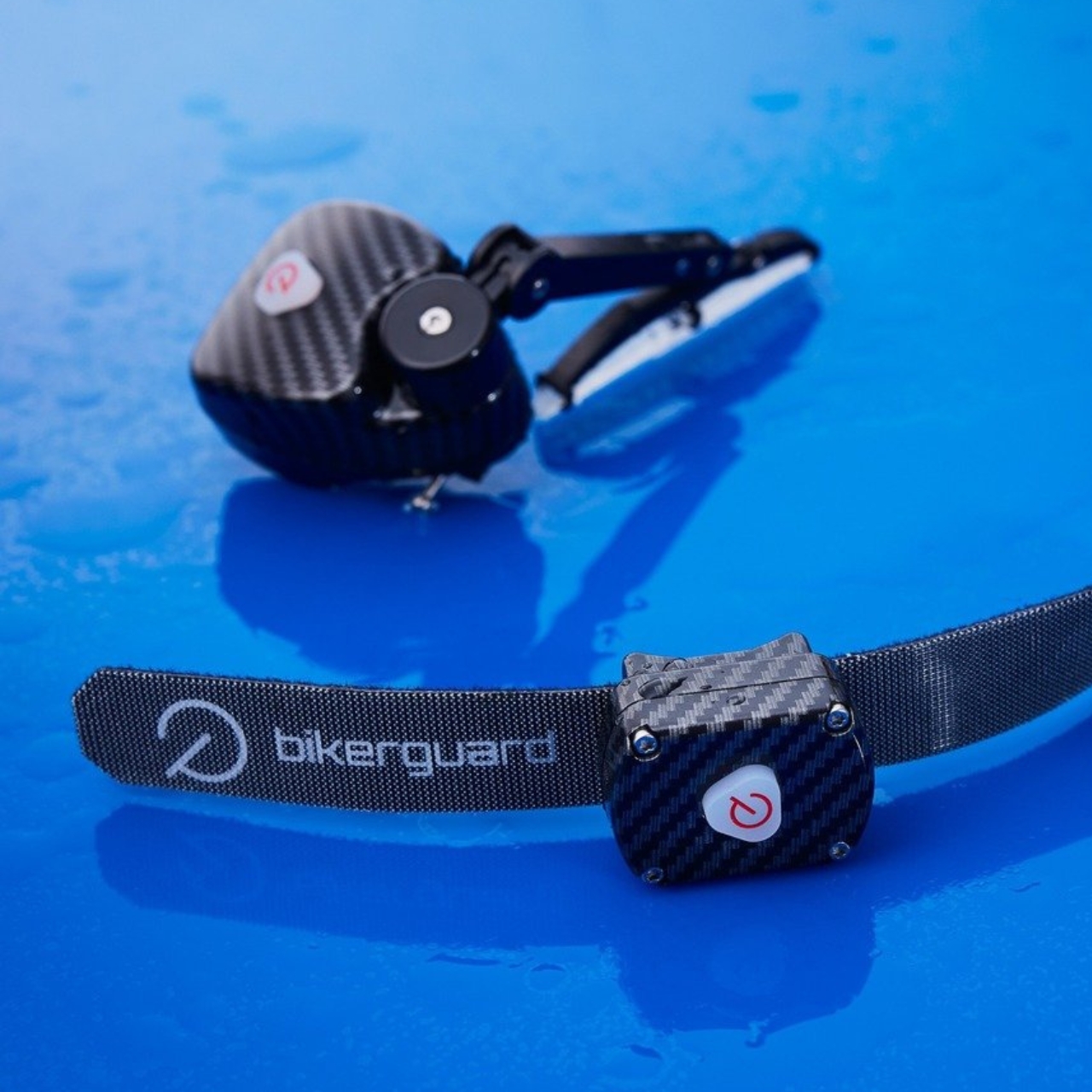
The bikerguard unit has a rugged and IPX-6 waterproof design and when fully charged, you get 5 to 15 hours of continuous use. You screw the mounting base through the top of your visor on first use but after that you can just attach and re-attach the wiper when you need it. The remote wireless controller can be attached to any motorcycle handlebar so you can easily turn the wiper on and off.
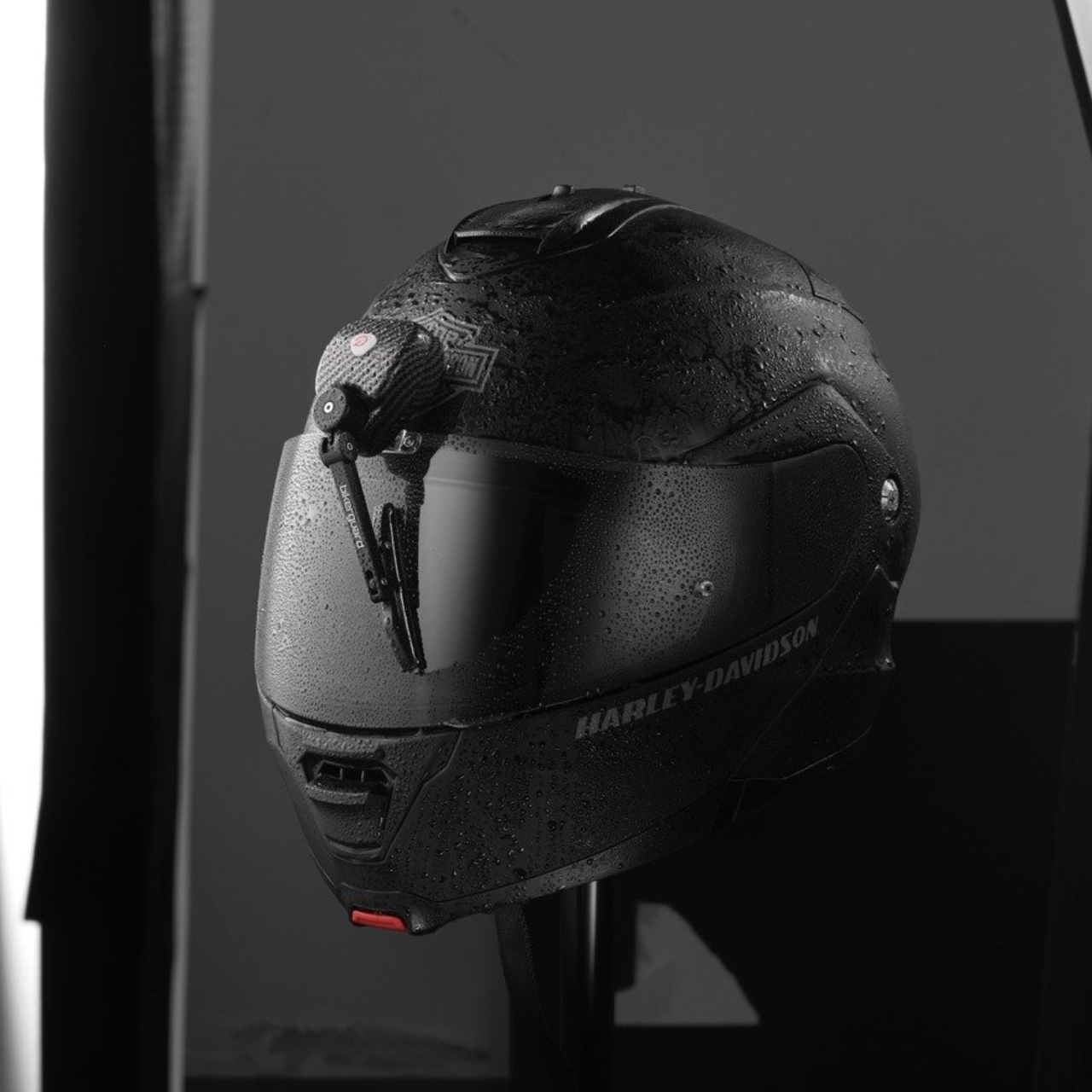
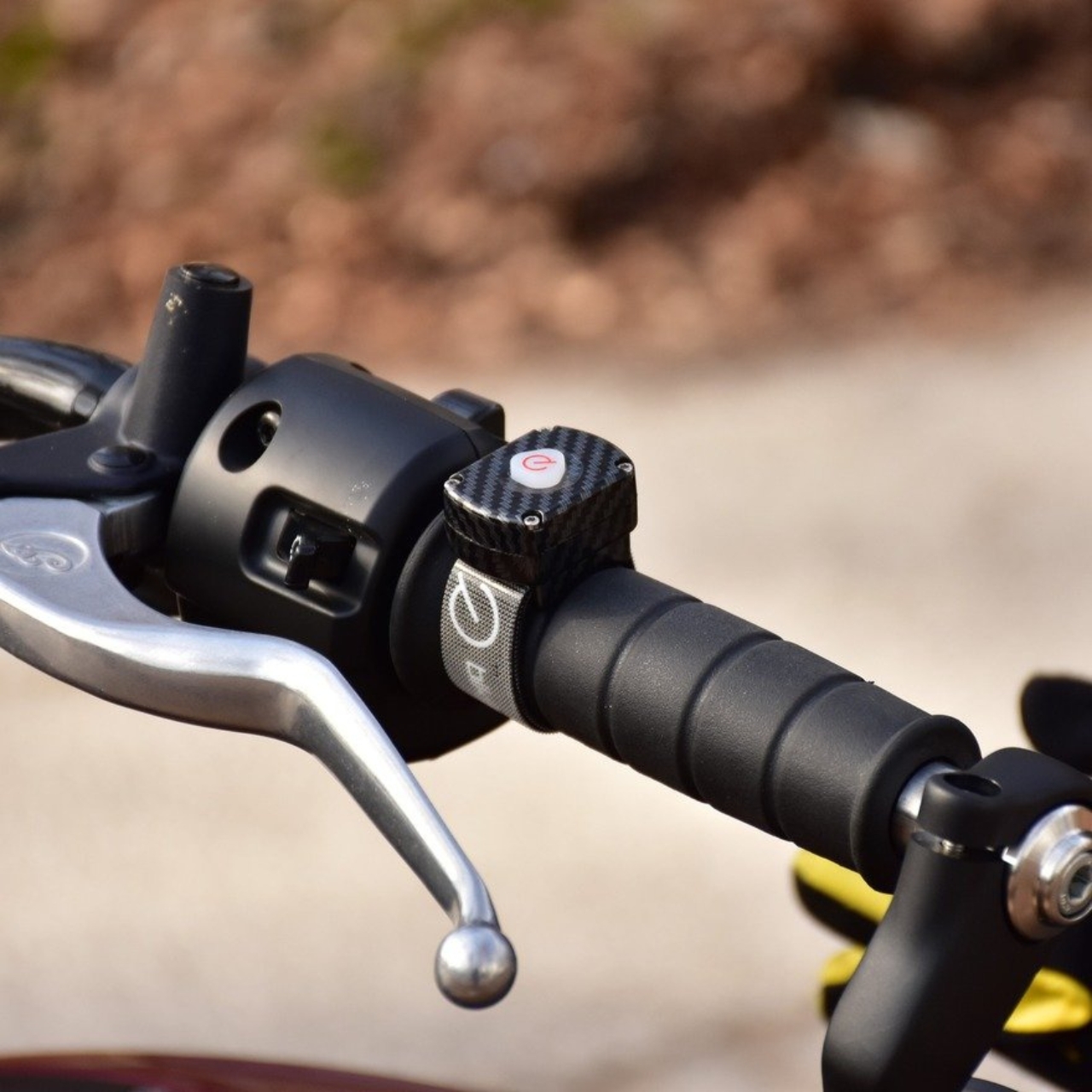
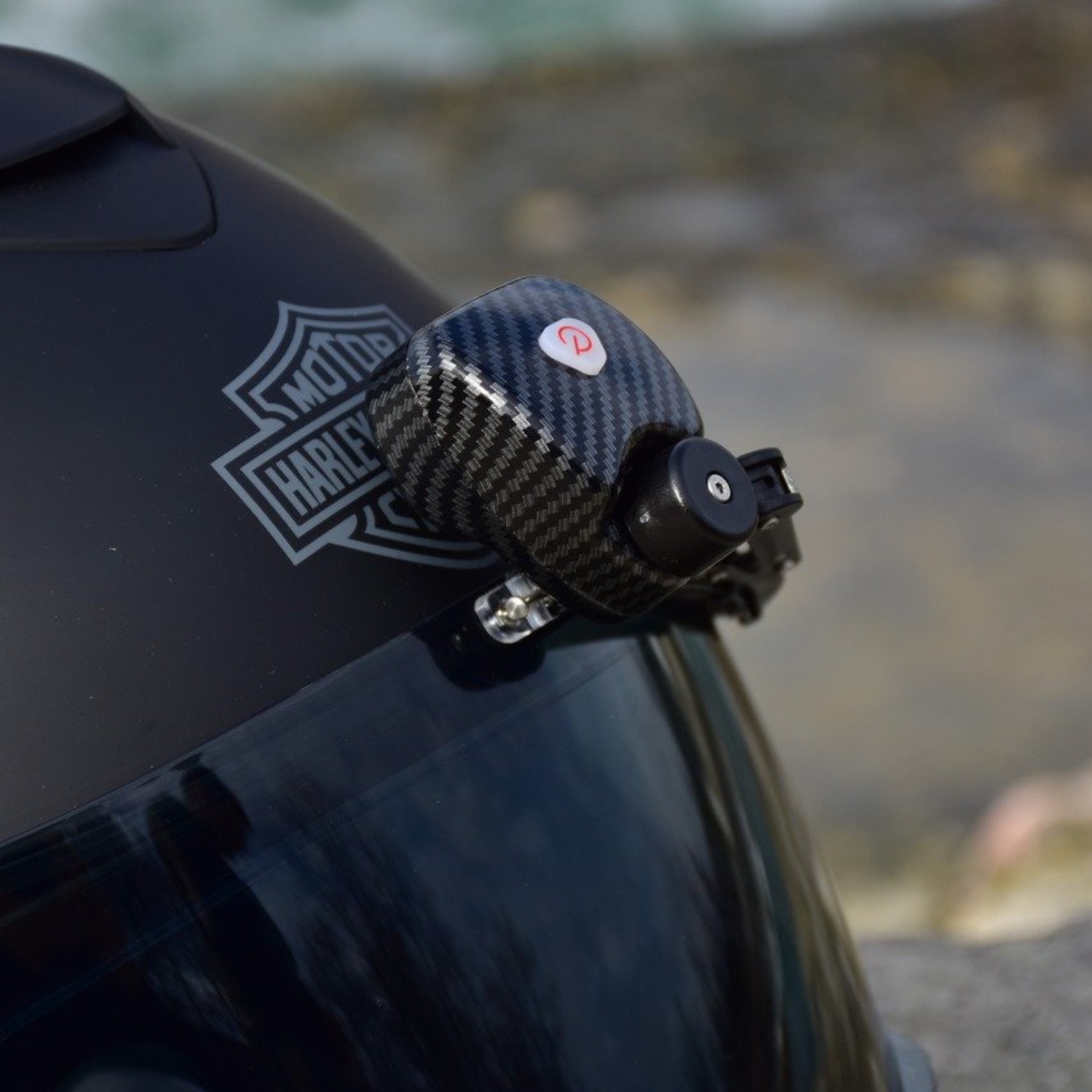
While of course you can just use the normal sprays and coatings that is readily available for most motorcycle riders, using “good old physics” or wipers are still the best way to go about riding in the rain. It costs around $330 and is available on the Bikerguard website.
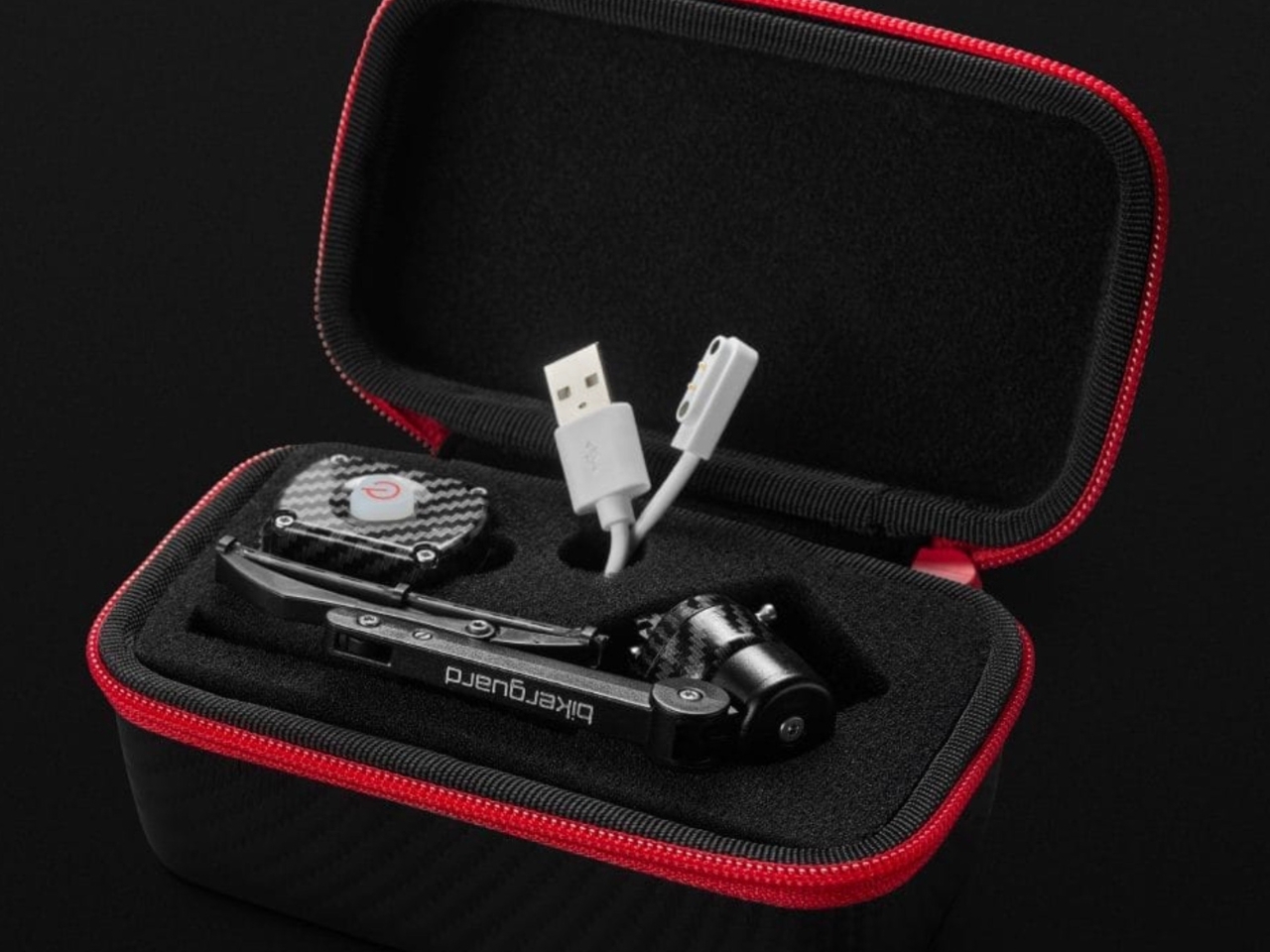
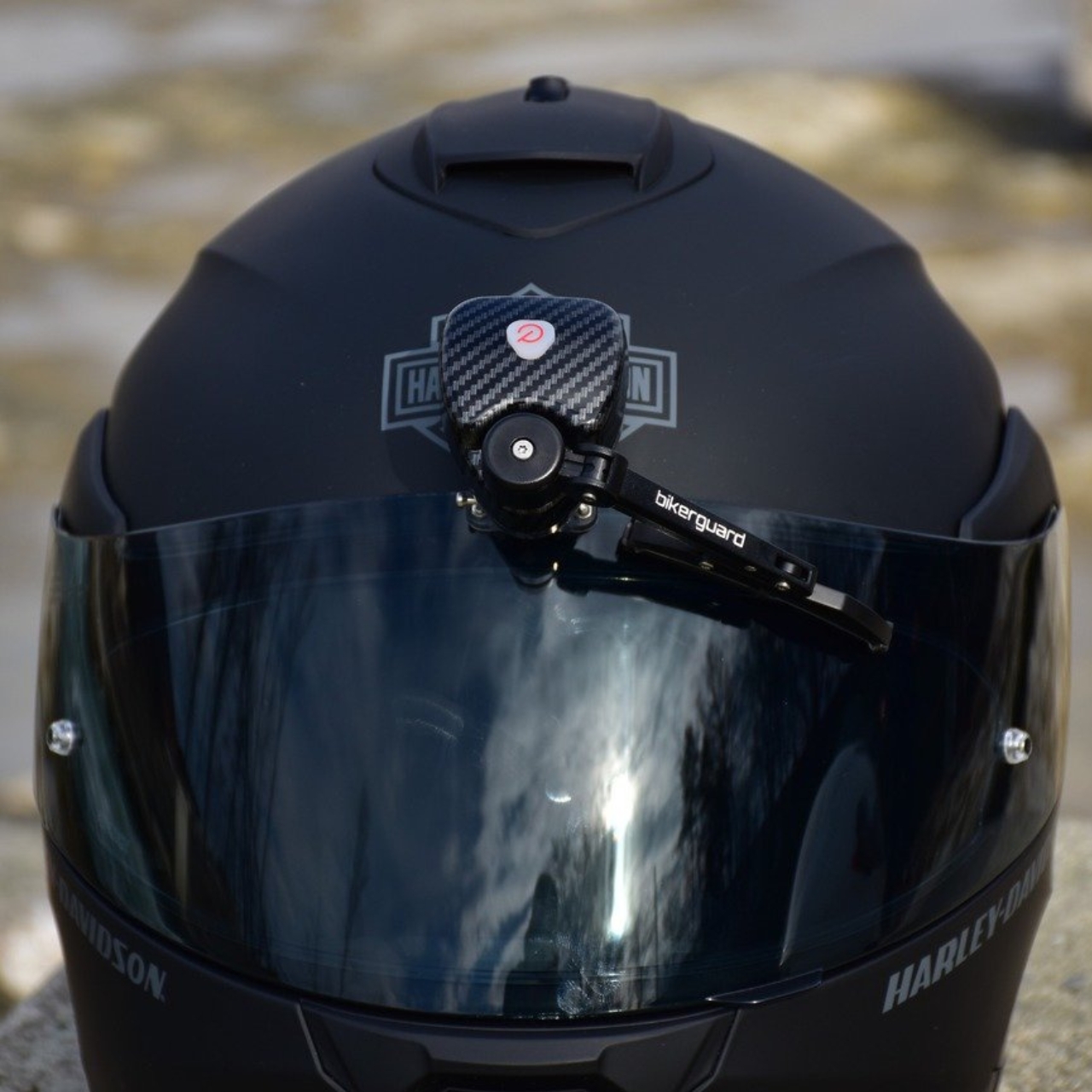
The post Attach this wiper to your motorcycle viper to have a safer ride in the rain first appeared on Yanko Design.
